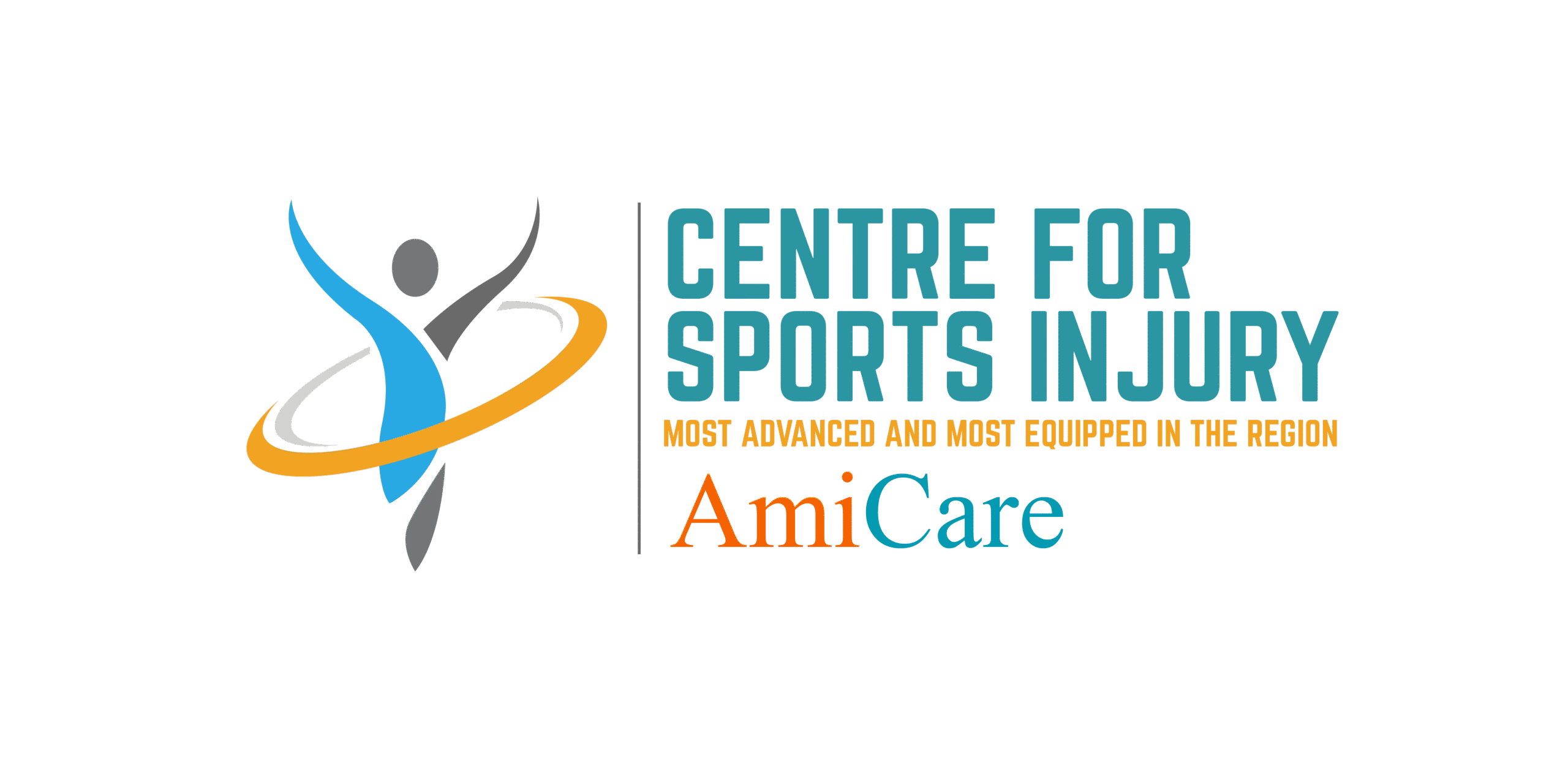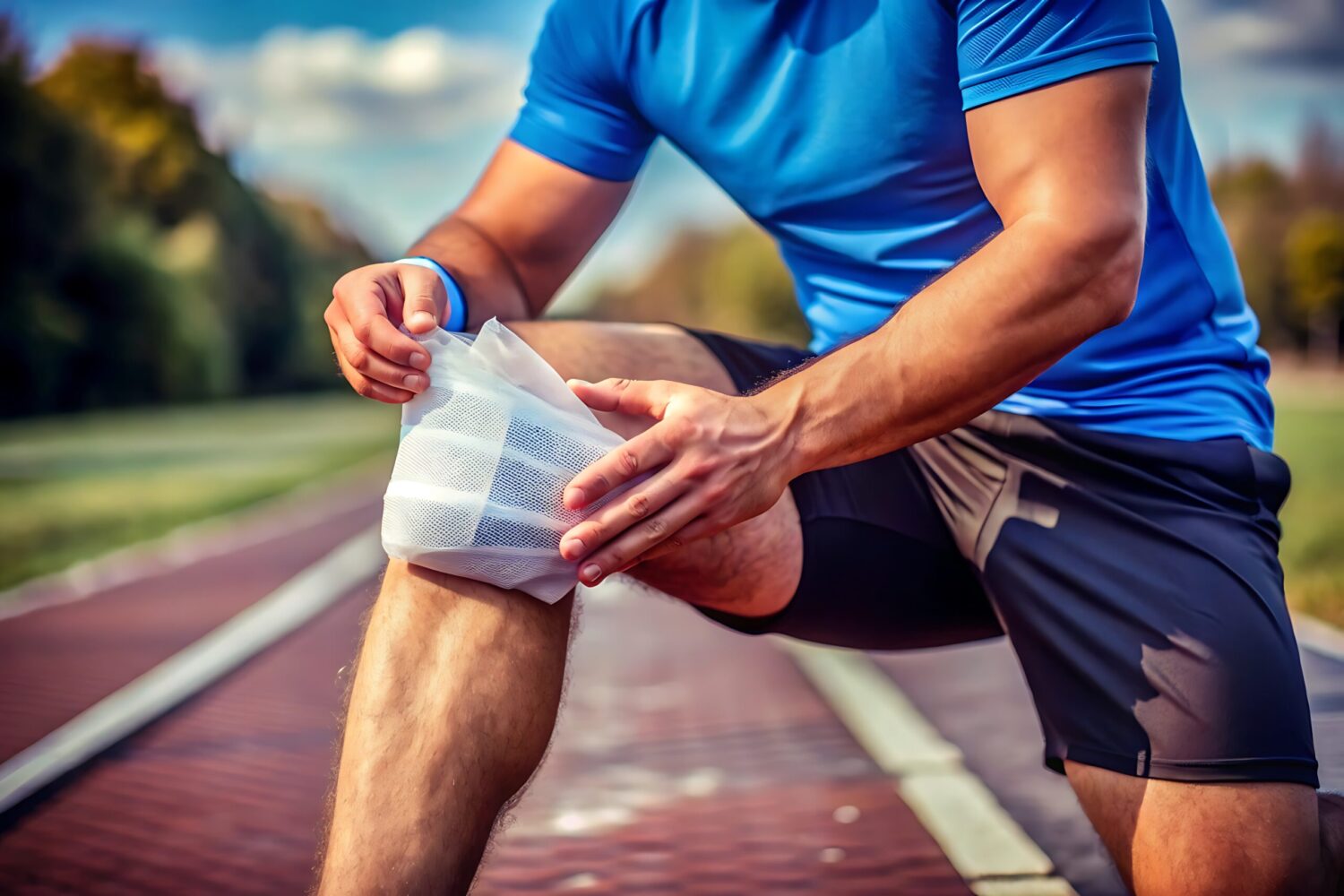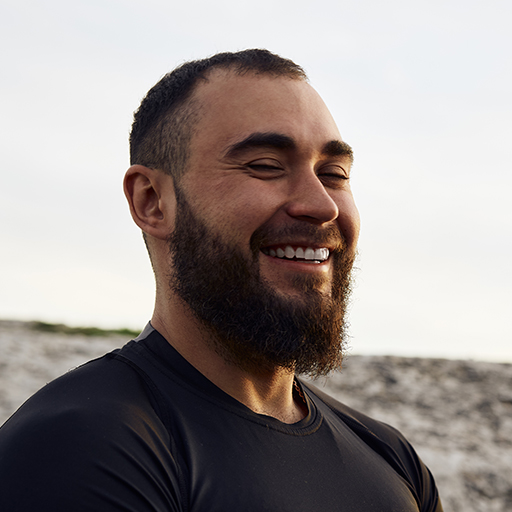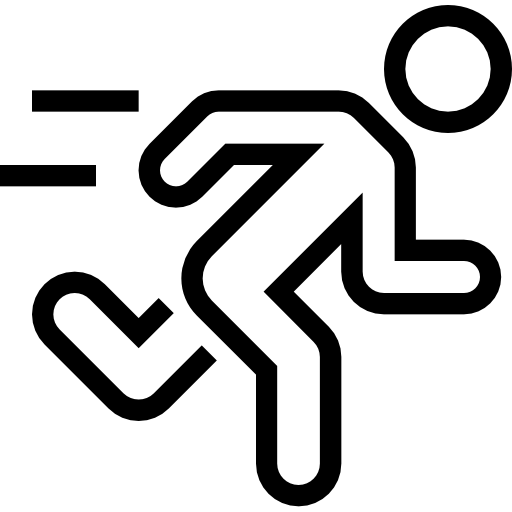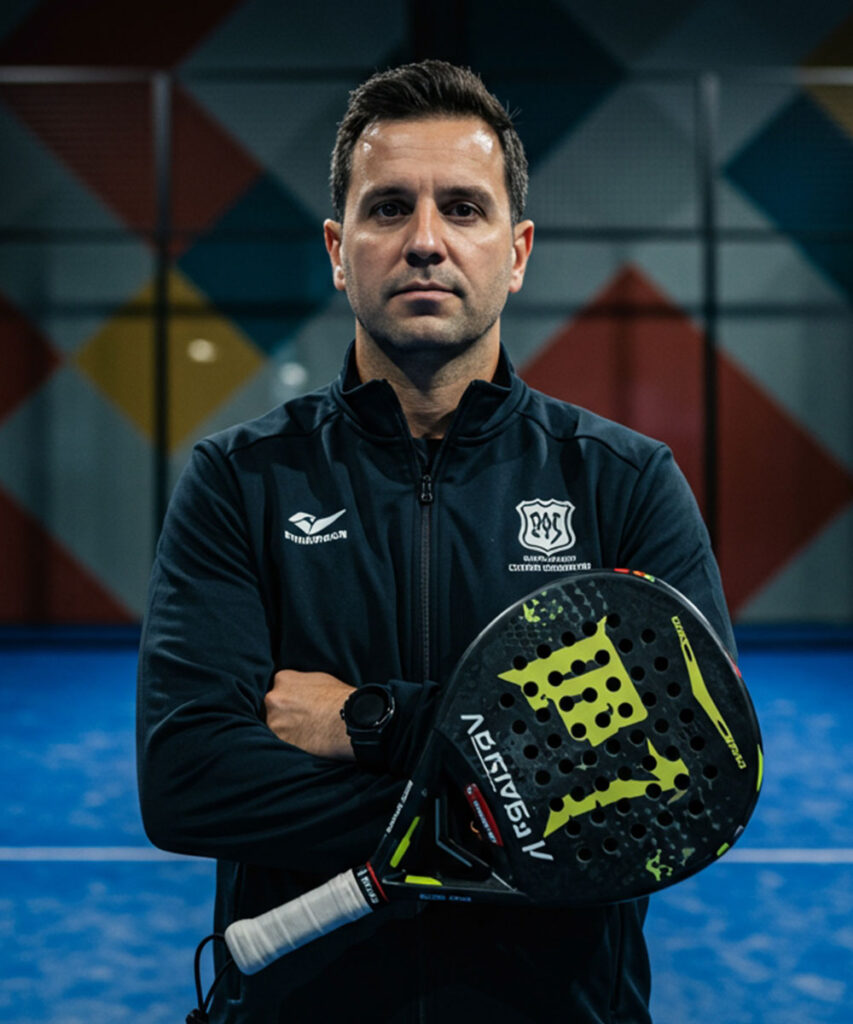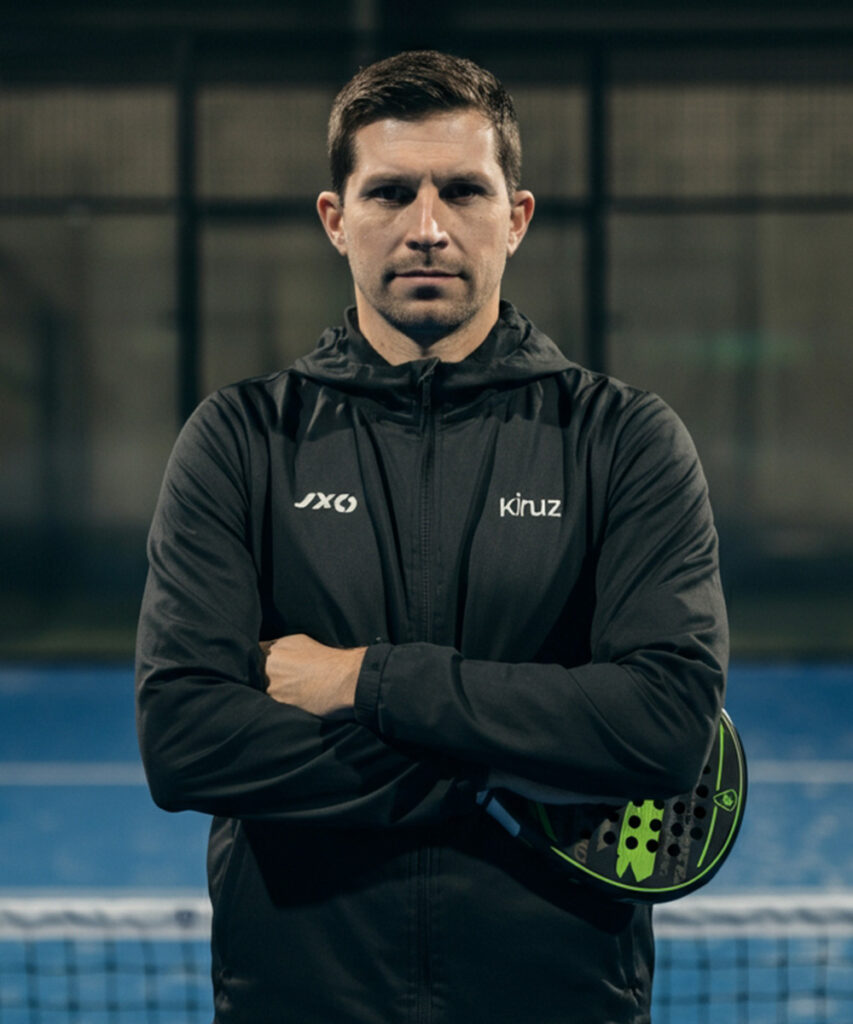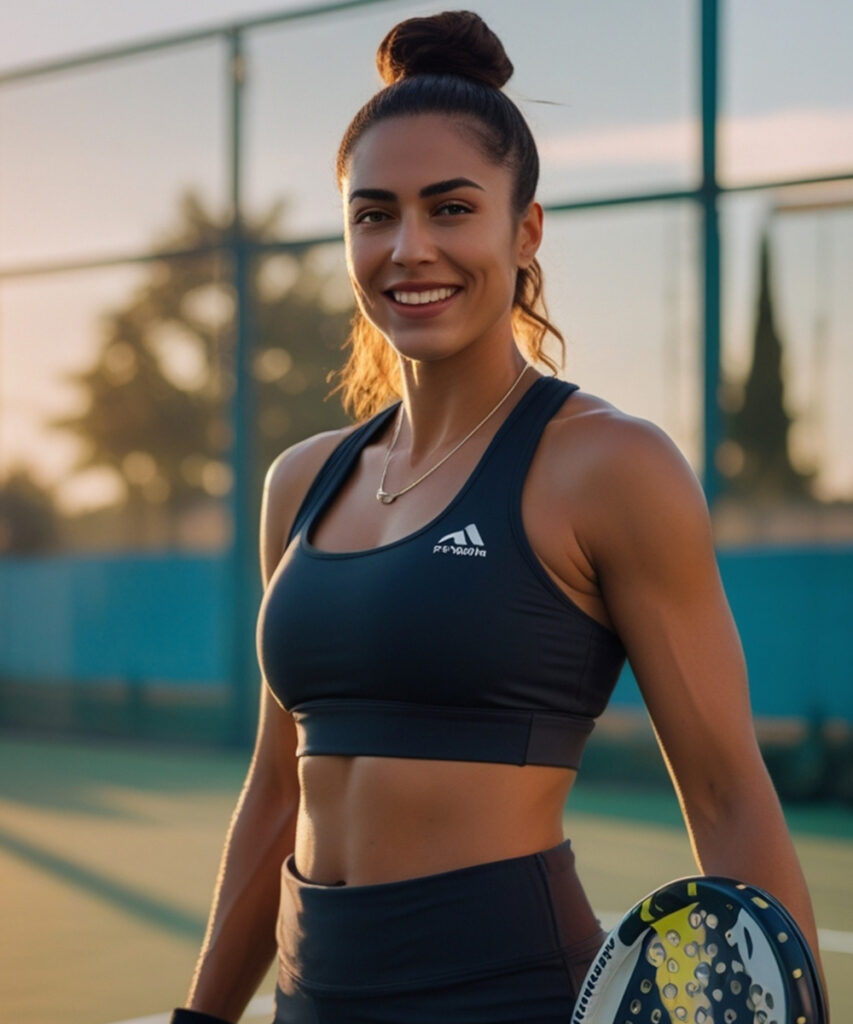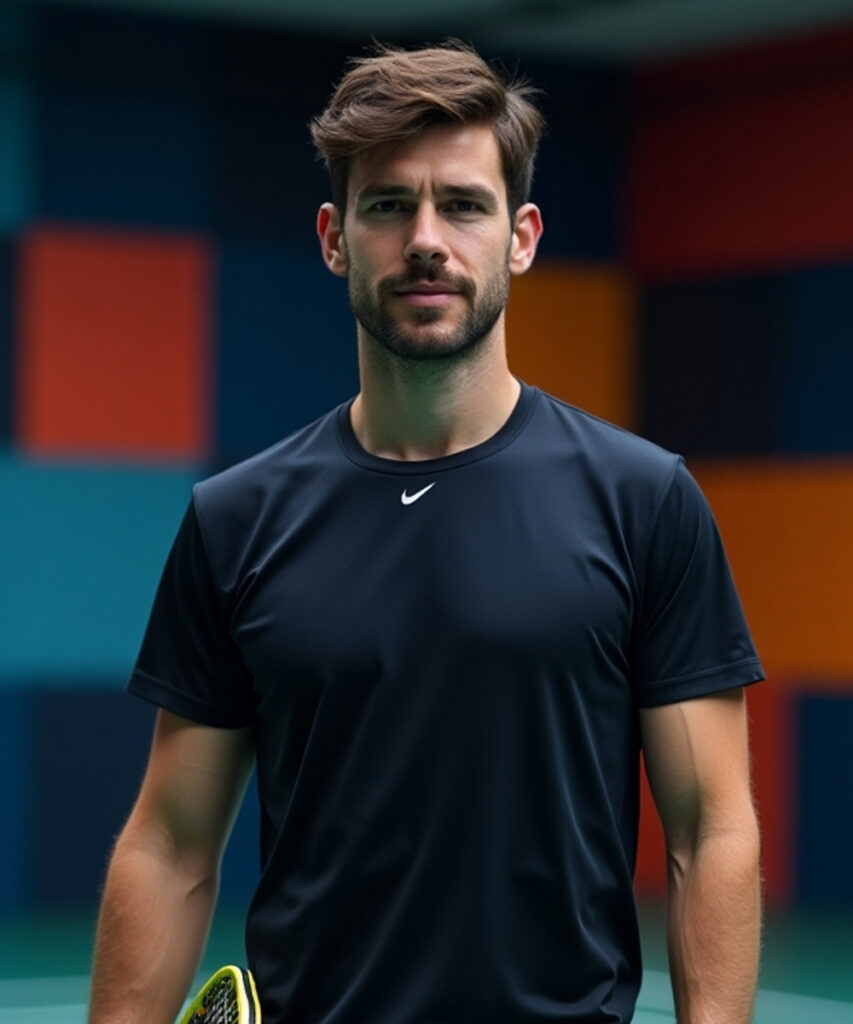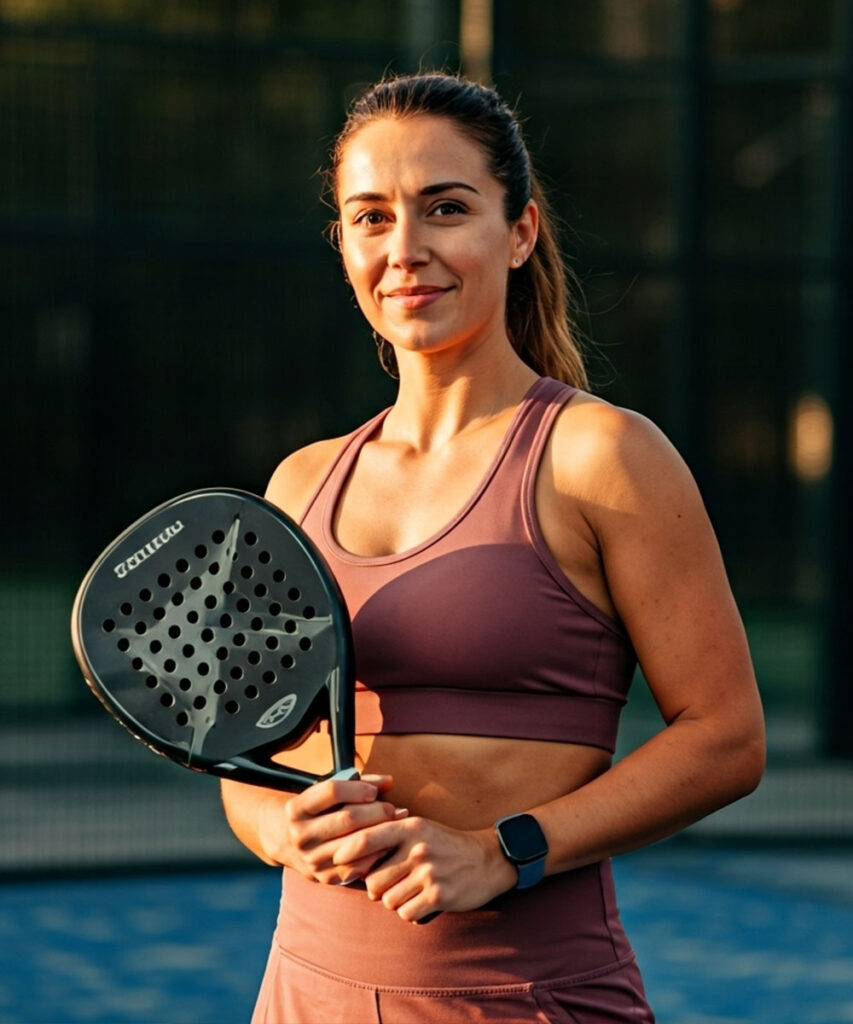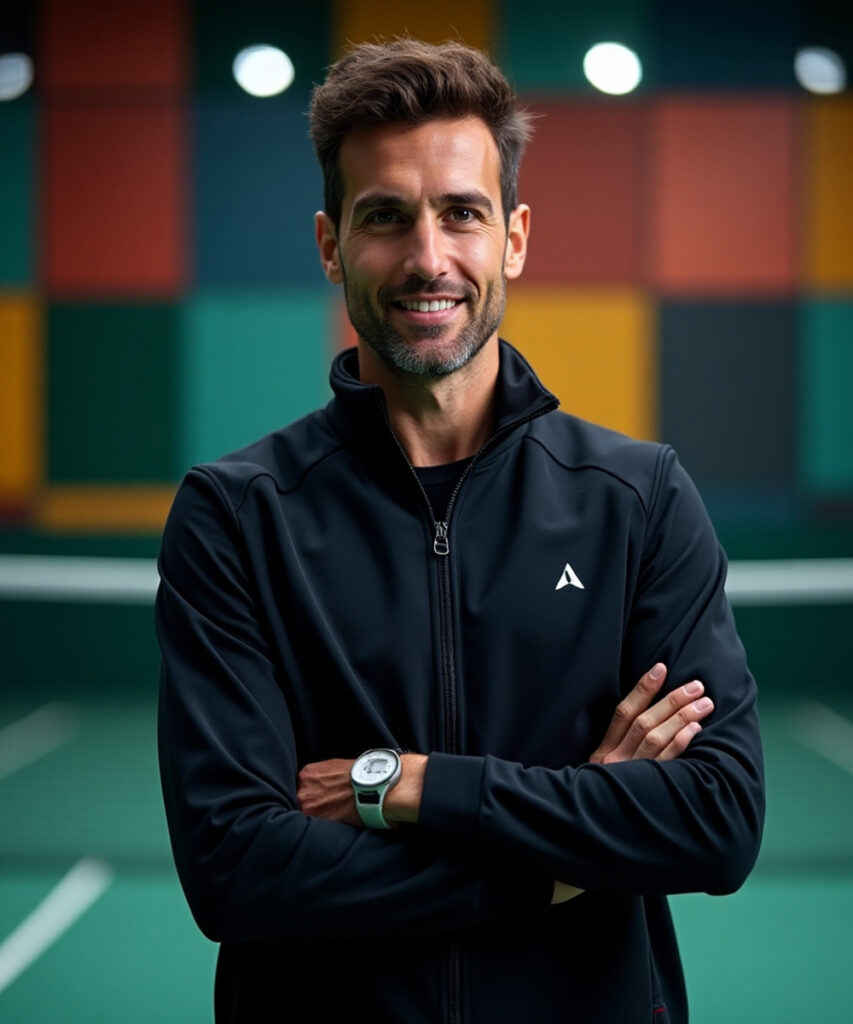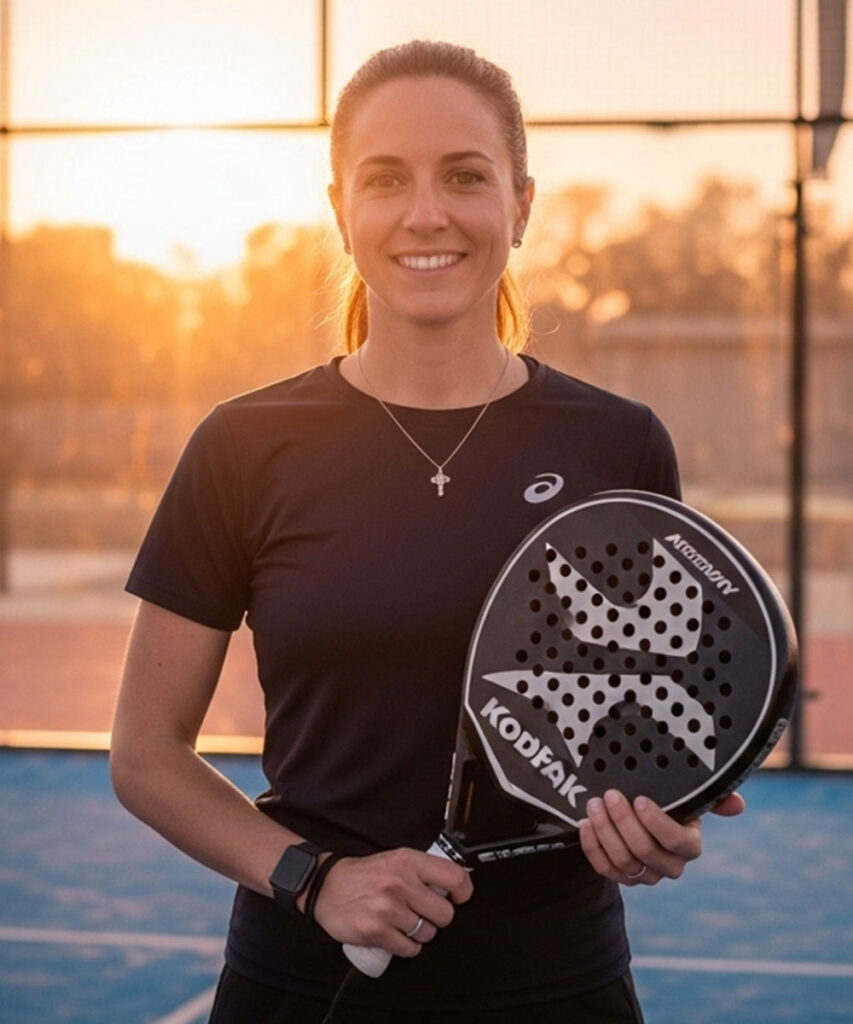Sports Fracture
Best Sports Injury Centre for Sports Fracture Treatment in Ghaziabad
Sports fractures can stop athletes and active people from enjoying their favorite activities. At Amicare Hospital, our sports fracture treatment in Ghaziabad helps you heal quickly and get back to sports like cricket or football. Led by Dr. Himanshu Gupta, an orthopedic surgeon with over 10 years of experience and training in Germany, Singapore, and Japan, our team has performed over 1000 knee surgeries. Using advanced tools like robotic surgery, we provide custom treatment plans to support your recovery. As a leading sports injury centre, Amicare ensures you receive the best care for bone fracture issues
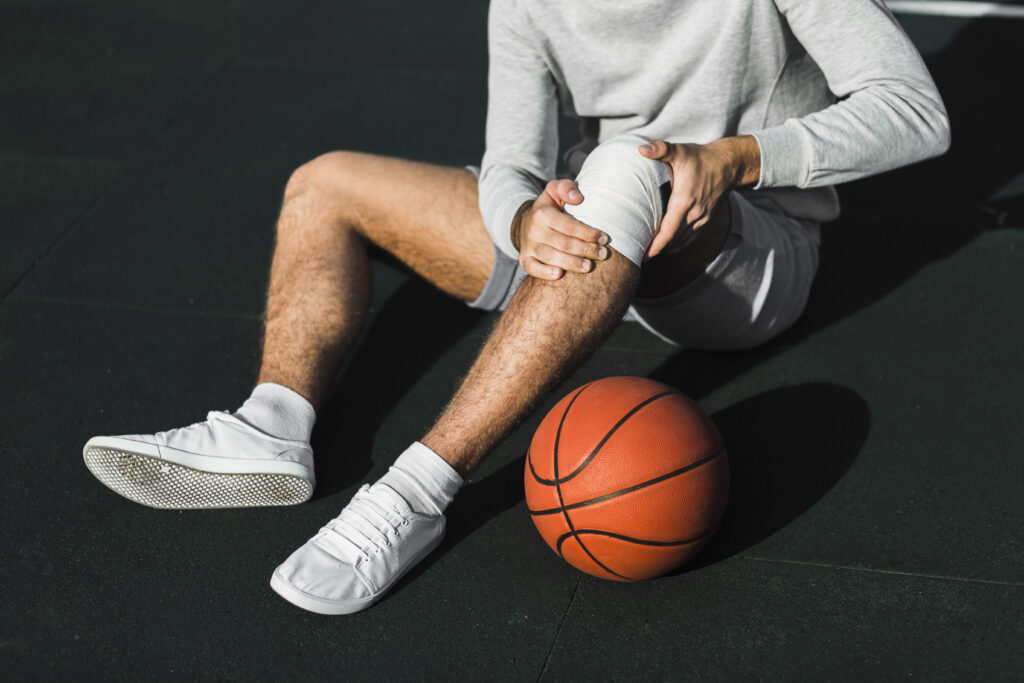
What is a Sports Fracture?
A sports fracture is a break in the bone from sports activities like running, jumping, or tackling. This can happen in the knee area, causing pain and limited movement. According to the American Academy of Orthopaedic Surgeons, sports fractures are common among athletes, with over 2 million fracture treatment cases yearly in the US. In India, where local sports like cricket and football are popular, these injuries are frequent. Amicare Hospital specializes in sports fracture treatment, helping athletes and active people recover fast.
Common Types of Sports Fractures
Sports fractures can vary, and Amicare customizes treatment for each:
- Stress Fracture: Small cracks from repeated stress, common in runners.
- Avulsion Fracture: Bone pulls away from ligament or tendon, often in football tackles.
- Comminuted Fracture: Bone breaks into pieces from high impact, seen in basketball falls.
- Greenstick Fracture: A Partial break in young athletes’ bones, like in gymnastics.
- Hairline Fracture: Thin crack, hard to spot, common in tennis players.
- Fracture Dislocation: Bone break with joint shift, from sudden twists.
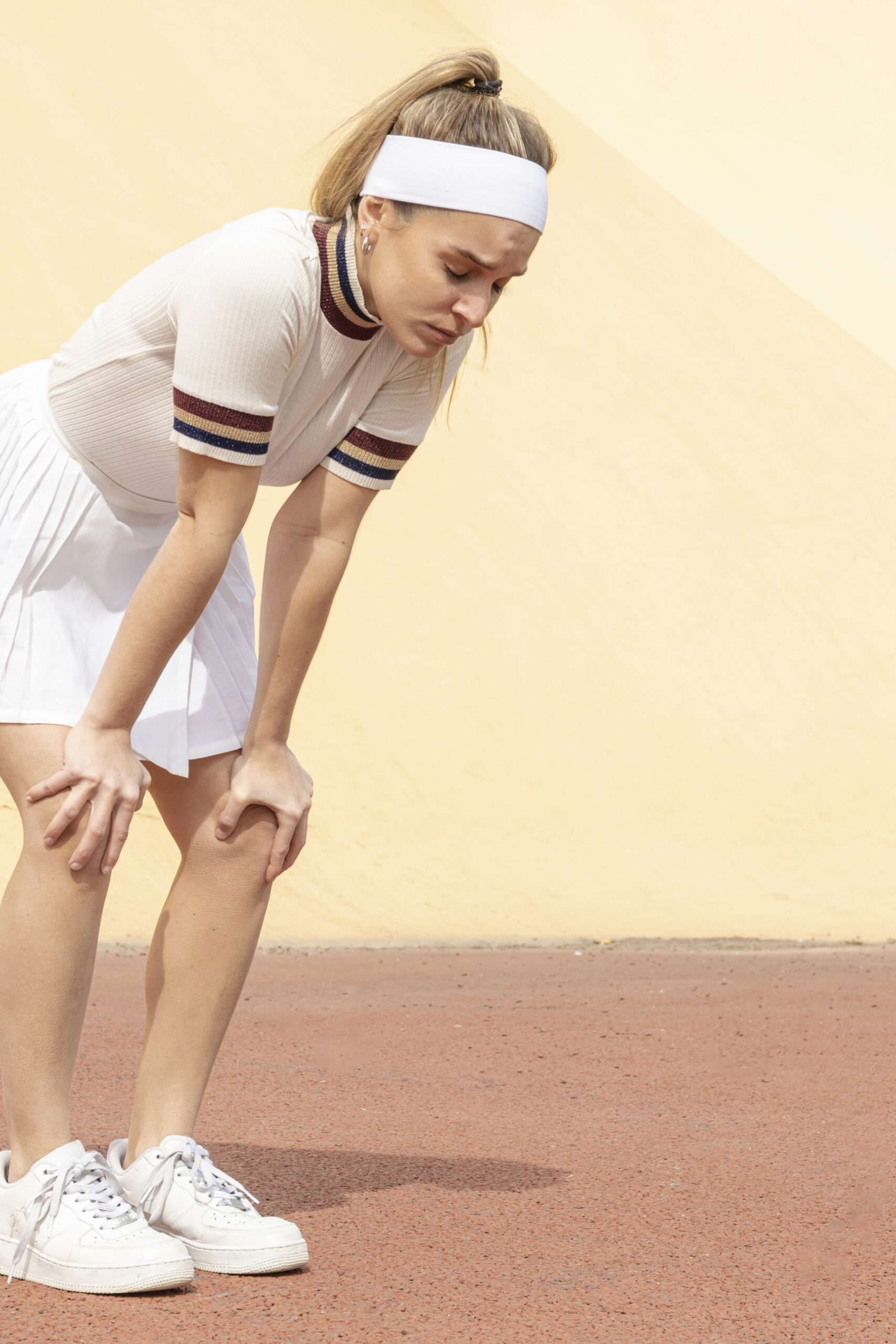
Notice the Signs Before It’s Serious
Know the signs of a sports fracture before it gets worse.
Severe Pain at the Injury Site
Sharp, localized pain that worsens with movement or pressure.
Swelling and Bruising
Visible swelling or skin discoloration within a short time after the injury.
Difficulty Moving the Affected Area
Limited range of motion or inability to bear weight on the injured limb.
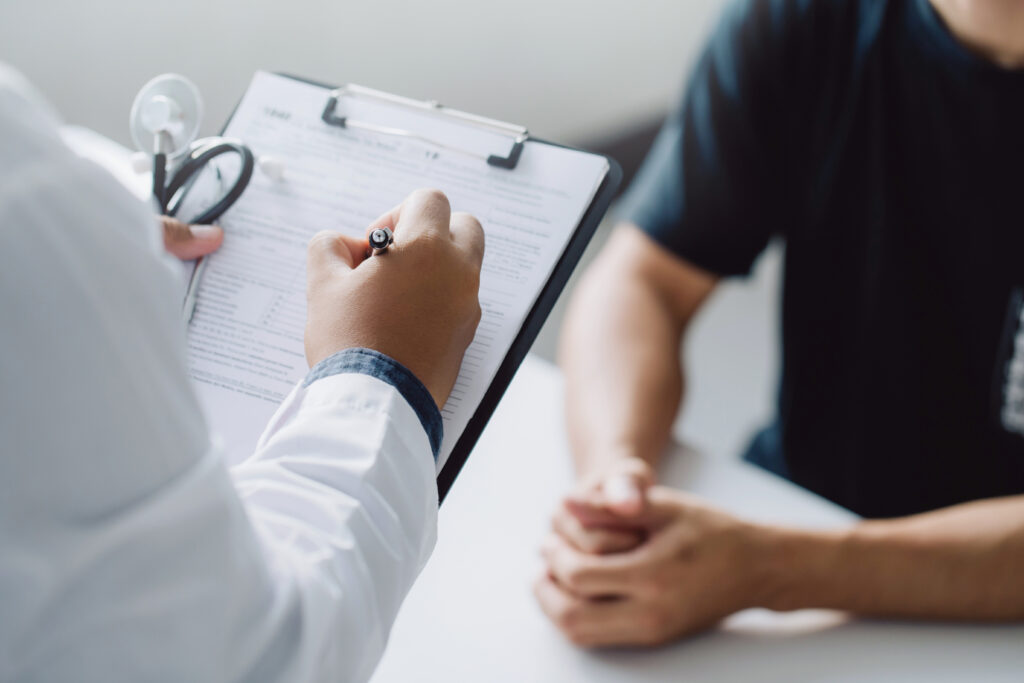
Causes of Sports Fractures in Athletes & Active Individuals
Sports fractures result from:
- Sports Activities: Sudden stops or impacts in cricket, football, or basketball, common in athletes.
- Accidents: Falls or direct hits during games.
- Overuse: Repeated stress from running or jumping, especially in fitness enthusiasts.
- Weak Bones: From poor nutrition or aging, leading to a hairline fracture in older adults.

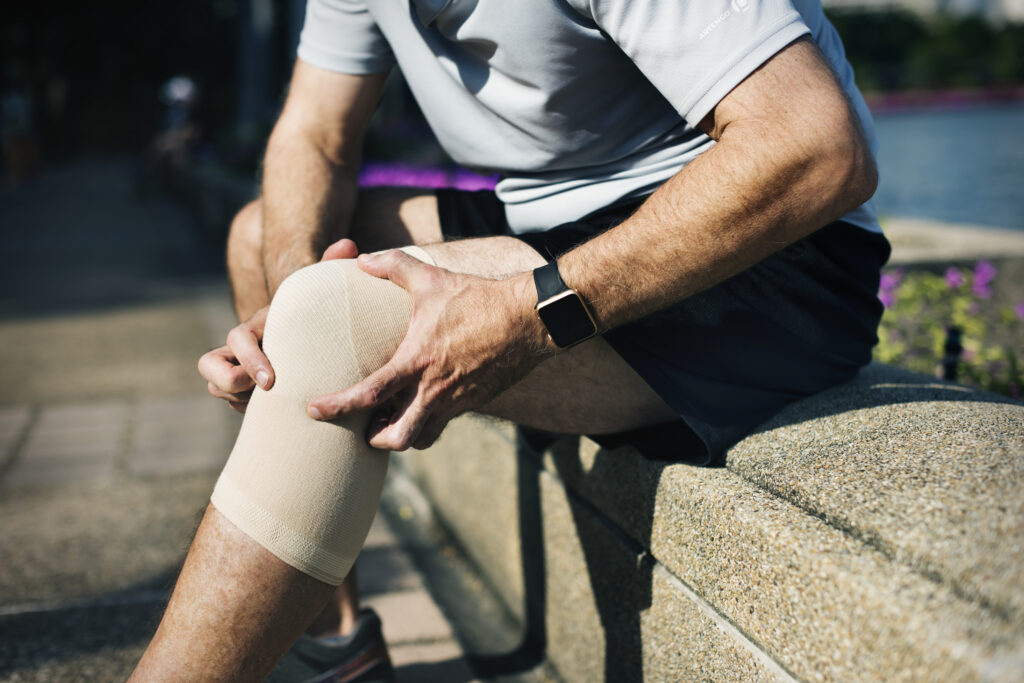
Sports Fracture Symptoms & Warning Signs
- Pain or soreness around the bone, especially when moving.
- Swelling within 24–48 hours after injury.
- A “pop” sound during the injury, often reported by athletes.
- Difficulty walking or bearing weight, making daily tasks hard.
- Bruising or tenderness near the fracture site.
How We Diagnose Sports Fractures at Amicare
At Amicare Hospital, we diagnose sports fractures using a thorough physical examination, detailed patient history, and advanced imaging tests like X-rays or MRI scans. These tools help us pinpoint the exact location and severity of the fracture. This ensures we create a precise and effective treatment plan for a faster recovery.
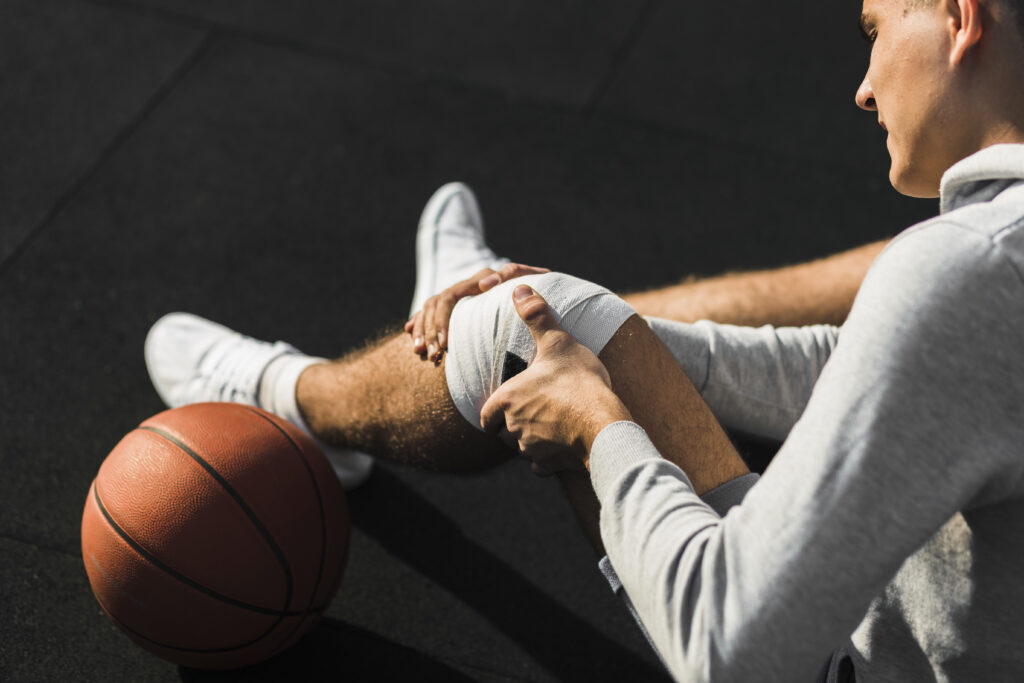
Risks of Delaying Treatment
- Chronic pain: Ongoing discomfort affecting sports or daily tasks.
- Knee Instability: Increased risk of falls, especially for athletes in local leagues.
- Secondary Damage: Injury to cartilage or ligaments, leading to complex repairs
- Early Osteoarthritis: Bone wear causes long-term mobility issues, particularly in active adults.
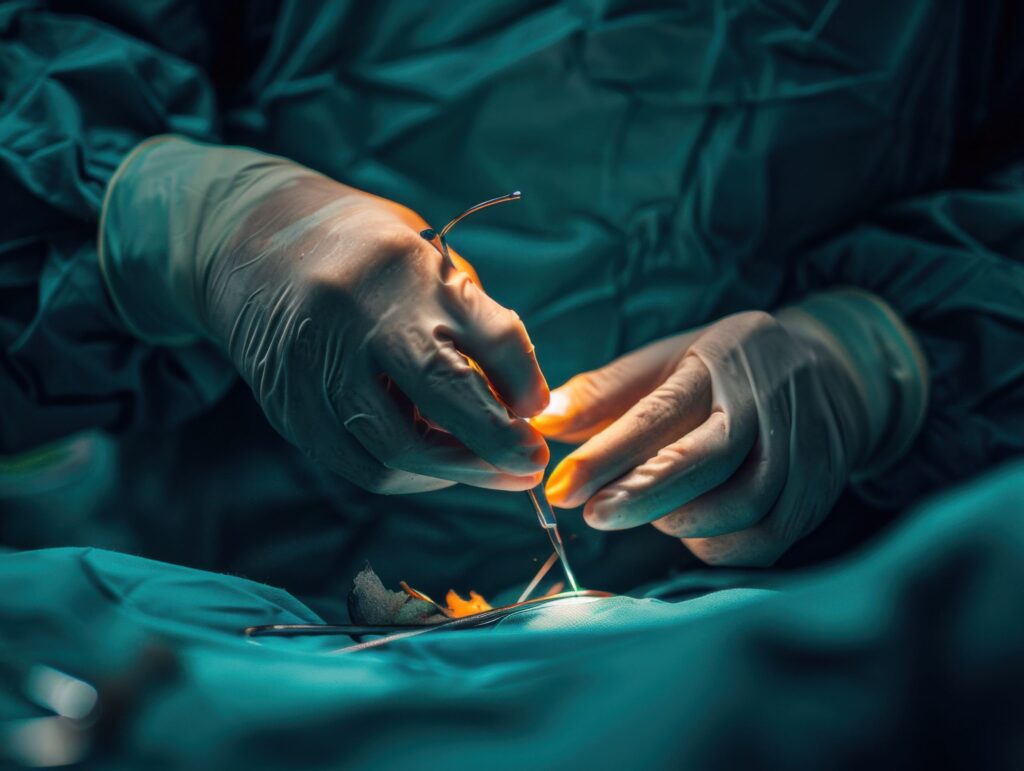
Surgical Treatment
- Bone Fixation: Uses plates or screws to hold the bone in place for healing.
- Procedure Details: Uses small incisions and a camera for precision, minimizing scars and recovery time. Surgery takes ~1–2 hours under anesthesia.
- Outcomes: 95% of Amicare patients resume sports within 6–9 months (Amicare data, 2018–2024).
Non-Surgical Treatment
For partial fractures or less active patients, non-surgical options include:
- Physical Therapy: Exercises to strengthen muscles around the knee, improving stability.
- PRP Therapy: Platelet-rich plasma injections to promote bone healing, often combined with therapy.
- Bracing: Custom braces to support the joint during light activities or recovery.
- Rest and Ice: Reduces swelling and pain in early stages, suitable for minor fractures.
Compare Your Sports Fracture Treatment Options at Amicare
Treatment Option | How It Works | Ideal Candidates | Recovery Time | Key Benefits | Limitations |
Bone Fixation | Holds broken bone with plates or screws. | Athletes with large fractures, patients needing quick relief. | 4–8 weeks | Fast recovery; relieves pain; 95% return to sports (Amicare data). | Removes bone, risking long-term wear. |
Fracture Repair | Stitches torn bone to preserve health. | Young athletes with repairable fractures in stable zones. | 3–6 months | Preserves knee health; ideal for long-term stability. | Longer rehab; not all fractures are repairable. |
Physical Therapy | Exercises to strengthen knee muscles. | Partial fractures; less active patients. | 2–4 months | Non-invasive; builds strength. | It may not restore full stability for sports. |
PRP Therapy | Injections to promote tissue healing. | Mild fractures, combined with therapy. | 1–3 months | Non-surgical; minimal downtime. | Limited evidence for severe fractures. |
Bracing | Supports the knee during activities. | Temporary relief; non-surgical candidates. | Varies | Non-invasive; immediate support. | Not suitable for high-impact sports. |
Recovery After Sports Fracture Treatment
Recovery time for sports fracture treatment varies based on treatment type and activity level. Amicare’s sports injury rehab in Delhi NCR programs, led by Dr. Gupta, help athletes and active individuals regain strength and confidence.
Recovery Phases (Week-by-Week)
- Weeks 1–2: Rest, ice, compression, and elevation (RICE protocol) to reduce swelling. Crutches may be used for surgical patients to avoid weight-bearing.
- Weeks 3–6: Light walking, range-of-motion exercises, and physical therapy to restore flexibility. Patients may use a brace for support.
- Months 2–3: Strength-building exercises (e.g., leg presses, mini-squats) to support the knee and improve stability.
- Months 4–6: Sports-specific drills (e.g., lateral movements for footballers, pivoting for cricketers) to prepare for return to activity
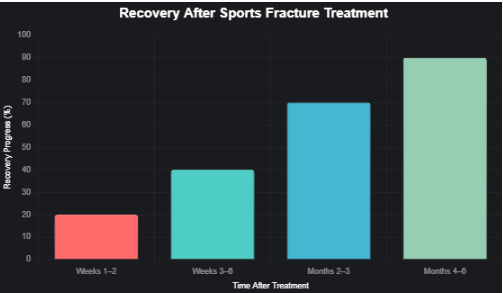
Why Athletes Trust Our Sports Fracture Care
Amicare Hospital is trusted by 750+ athletes across Delhi NCR for expert diagnosis, treatment, and rehabilitation of sports fractures. With advanced imaging, minimally invasive surgical options, and a 98% recovery success rate under the guidance of Dr. Himanshu Gupta, we help you heal stronger and return to your sport faster.

Cost of Sports Fracture Treatment
The cost of sports fracture treatment in Ghaziabad depends on the seriousness of the fracture and the specific treatment required. Factors influencing the cost include:
- Treatment Type: Non-surgical options versus surgical procedures, with more complex cases needing advanced care.
- Technology: Use of cutting-edge tools like robotic surgery, which enhances precision and may affect pricing.
- Hospital Stay: Typically involves a short stay for post-operative monitoring, depending on the treatment plan.
- Additional Services: Therapy or supportive devices may be recommended, influencing the overall expense.
At Amicare Hospital, we strive to keep knee injury treatment accessible and affordable for patients in Ghaziabad and Delhi NCR, offering transparent pricing and support to ease your financial concerns.
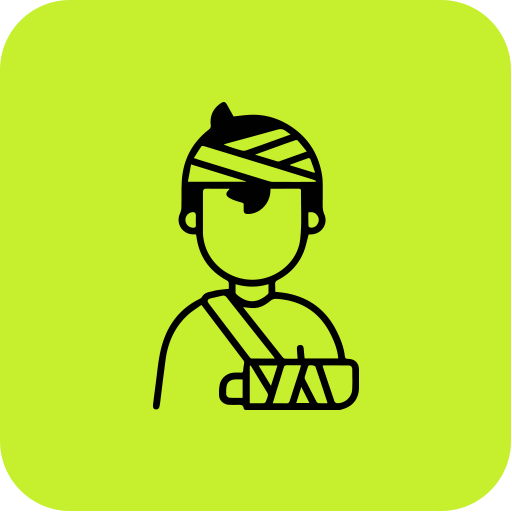
Injury Prevention Tips for Athletes
Preventing sports fractures is crucial for athletes in a vibrant sports community, from cricket leagues to football clubs. Dr. Gupta shares practical tips:
- Warm-Ups: Perform dynamic stretches (e.g., leg swings, high knees) for 10–15 minutes before sports to prepare the knee.
- Strength Exercises: Squats, lunges, and calf raises to build muscles supporting the knee, reducing stress on bones.
- Proper Technique: Learn safe landing (e.g., bending knees on jumps) and turning to avoid twisting injuries.
- Footwear: Wear supportive shoes with good traction, especially for uneven sports grounds.
Rest Periods: Avoid overuse by scheduling rest days between intense training, crucial for runners and fitness enthusiasts.
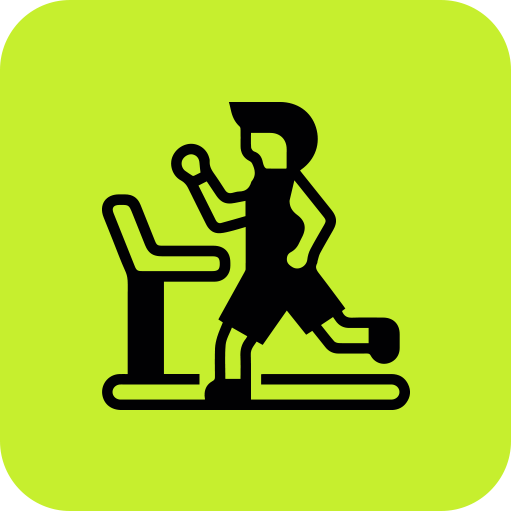
SAMPLE EXERCISE
Strengthen bones and prevent sports fractures with weight-bearing exercises, proper warm-ups, and balance training to improve stability and coordination.
- Hamstring Curls: 3 sets of 12 reps to strengthen back-of-thigh muscles, reducing knee strain.
- Single-Leg Balance: Stand on one leg for 30 seconds to improve stability, ideal for badminton players.
- Plyometrics: Controlled box jumps (3 sets of 10) to enhance agility for footballers and cricketers.

Cost of Sports Fracture Treatment
The cost of sports fracture treatment in Ghaziabad depends on the seriousness of the fracture and the specific treatment required. Factors influencing the cost include:
- Treatment Type: Non-surgical options versus surgical procedures, with more complex cases needing advanced care.
- Technology: Use of cutting-edge tools like robotic surgery, which enhances precision and may affect pricing.
- Hospital Stay: Typically involves a short stay for post-operative monitoring, depending on the treatment plan.
- Additional Services: Therapy or supportive devices may be recommended, influencing the overall expense.
At Amicare Hospital, we strive to keep knee injury treatment accessible and affordable for patients in Ghaziabad and Delhi NCR, offering transparent pricing and support to ease your financial concerns.

Injury Prevention Tips for Athletes
Preventing sports fractures is crucial for athletes in a vibrant sports community, from cricket leagues to football clubs. Dr. Gupta shares practical tips:
- Warm-Ups: Perform dynamic stretches (e.g., leg swings, high knees) for 10–15 minutes before sports to prepare the knee.
- Strength Exercises: Squats, lunges, and calf raises to build muscles supporting the knee, reducing stress on bones.
- Proper Technique: Learn safe landing (e.g., bending knees on jumps) and turning to avoid twisting injuries.
- Footwear: Wear supportive shoes with good traction, especially for uneven sports grounds.
Rest Periods: Avoid overuse by scheduling rest days between intense training, crucial for runners and fitness enthusiasts.s

Sample Exercises
Strengthen bones and prevent sports fractures with weight-bearing exercises, proper warm-ups, and balance training to improve stability and coordination.
- Hamstring Curls: 3 sets of 12 reps to strengthen back-of-thigh muscles, reducing knee strain.
- Single-Leg Balance: Stand on one leg for 30 seconds to improve stability, ideal for badminton players.
- Plyometrics: Controlled box jumps (3 sets of 10) to enhance agility for footballers and cricketers.
Meet Our Specialist
Frequently Asked Question
Symptoms include sudden pain, swelling, a “pop” sound, bruising, and difficulty moving. Amicare’s diagnostics confirm fracture symptoms accurately.
Sports fracture recovery time ranges from 4–8 weeks for minor fractures to 3–6 months for surgery, depending on the type and treatment.
Risks include infection (<1%), stiffness, or re-fracture. Amicare’s sterile techniques and personalized rehab minimize these risks.
Yes, 95% of Amicare patients resume sports within 6–9 months after fracture treatment, especially with repair.
Amicare’s advanced facilities, like robotic systems, and Dr. Gupta’s 1000+ surgeries, ensure reliable knee injury treatment.
Preparation includes pre-surgery exercises, health checks, and a consultation with Dr. Gupta to understand the procedure and recovery expectations.
